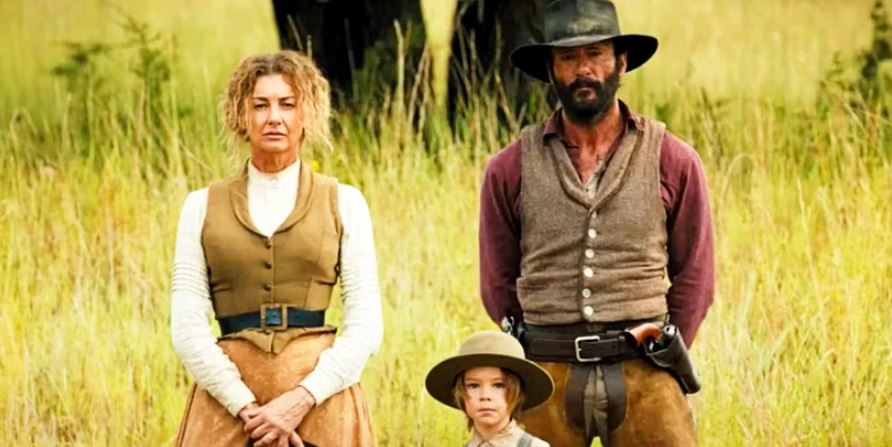1883’s Dutton family got out of Tennessee in order to seek out greener pastures in a land which they know to be highly dangerous – despite this, they seem to have no clear route or plan in mind. This is important because 1883 is a show that primarily tackles the harsh realities and dangers faced by settlers who braved the frontier during the late 19th century. Although the Yellowstone spinoff series is entirely fictional, 1883’s characters and story are based on real-life during the 1800s. Consequently, many fans of the show have wondered whether or not the Duttons’ lack of a plan is realistic in terms of the era in question.
Alongside James Dutton (Tim McGraw) and his family, his fellow pioneers Shea Brennan (Sam Elliot) and Thomas (LaMonica Garrett) also seem to know very little about their destination. This is despite the fact that Shea and Thomas have agreed to lead a group of highly inexperienced German and Romani settlers, who, like the Duttons, are searching for greener pastures in the frontier.

Although James, Sam, and Thomas are all war veterans who are practically walking encyclopedias when it comes to outdoor survival in the Wild West, none of them have a definite path or route in mind for reaching Montana. This is further highlighted by the 1883 cast’s tragic fate in 1883 season 1, episode 4 “The Crossing,” in which Shea and James engage in a debate regarding the best route for crossing the river, which, as some fans argue, could have been settled before they even set out to travel.
1883’s dedication to historical accuracy, which serves as the show’s main strength, is to blame for the cast’s lack of planning for a clear and definite route. This was simply impossible to do in the late 19th century. The reality is that the pioneers who were involved in the Westward Expansion of America in the 1800s had very little information to work with. This is why it was safer to travel in large groups. Apart from the prevalence of dangers like bandit attacks, rattlesnake bites, and diseases like smallpox and cholera, accurate maps of the area between Texas and Montana were also very rare.

This is because, at the time, the said land area was primarily owned, governed, and patrolled by Native American tribes like the fearsome Comanche, who were understandably skeptical of white colonists who sought to map out and explore their territories. In contrast, modern techniques, maps, and other instruments can accurately predict the shifting or swelling of any major river today. In 1883, the few maps that were available could prove to be inaccurate by the time they reach certain crucial destinations.
This is why it was more practical to plan for the unexpected, travel in large groups, and do it with as little unnecessary baggage as possible – as Shea keeps reminding the German families that make up most of the caravan. Although there are small and unavoidable historical errors in 1883, the group’s lack of planning isn’t one of them. Furthermore, while the group doesn’t have a clearly defined route, what they do have are leaders who are highly experienced outdoor survivalists, information from those who took the Oregon Trail and other nearby established routes, and secondhand information from fellow travelers.
1883 seeks to accurately depict the real lives of pioneers in the late 19th century. At first glance, the lack of planning on the part of the pioneers seems to contradict this goal. However, it’s actually an authentic depiction of the life-threatening challenges faced by pioneers at each step.
